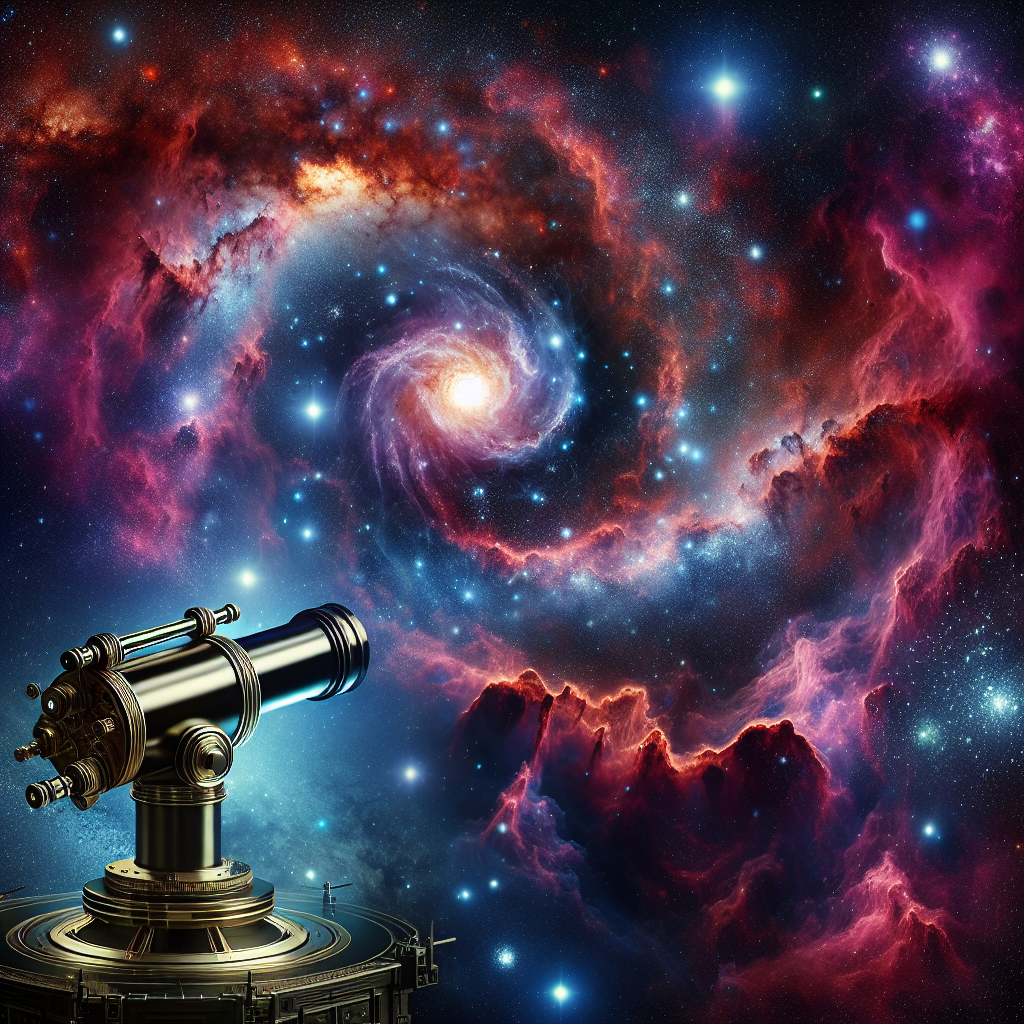The James Webb Space Telescope: A Portal to the Cosmic Dawn
Imagine holding a mirror so powerful, so precise, that it could reflect light across the span of 13 billion years. That’s not just a poetic flight of fancy—it’s essentially what the James Webb Space Telescope (JWST) has achieved. Recently, this marvel of modern astronomy gave us a glimpse into an era barely 300 million years after the Big Bang. This is our universe in its infancy, a cosmic dawn filled with the first whispers of stars and galaxies coming to life.
Unveiling the Shadows of Ancient Light
What the JWST saw isn’t just a cluster of stars or a simple galaxy; it’s like a family portrait of the cosmos in its earliest days. These images aren’t merely points of light; they are the very seeds from which the grand structures of the universe have sprouted. Observing these nascent formations provides a clearer understanding of how galaxies like our Milky Way were born and evolved.
The details captured by the James Webb are not just scientifically significant—they are emotionally stirring. Each photon of light collected by the telescope traveled unimaginable distances, through the vacuum of space, bearing whispers of creation itself. To see this light is to witness a time when the universe was a wild expanse of forming stars, spiraling galaxies, and potential. It’s as if the universe has saved these photons just for us, a cosmic message in a bottle cast into the sea of time.
Understanding Our Place in the Cosmos
Every discovery like this brings us closer to answering some of the most profound questions: How did we get here? Are we alone? What else is out there? The James Webb Space Telescope’s ability to peer back into such early periods of the universe’s history illuminates more than just stars—it lights up possibilities. It suggests that if we look hard enough, and with the right tools, there’s almost no limit to what we can discover about our origins.
As a stargazer, standing beneath the night sky has always been a reminder of the vastness of it all. But knowing that light from 13 billion years ago is now being captured and studied makes the experience even more humbling and thrilling. It’s a bridge between the infinite and the intimate, between the grand scale of the universe and the curiosity of a single observer on Earth.
The Legacy of the James Webb Space Telescope
Looking ahead, the data from the JWST will fuel astronomical research for decades. Scientists will parse through this ancient light, decoding stories of cosmic evolution and perhaps even stumbling upon signs of life-bearing planets. For those of us who love the stars, each revelation will be a verse added to the grand poem of the universe.
In every speck of light, there is a tale from the cosmos, waiting to be told. As we continue to explore, let’s not forget the sheer wonder of it all, the breathtaking scope of what we are part of. After all, every time we glance up at the night sky, we are not just seeing light; we are seeing time itself, every star a note in the symphony of the universe.


